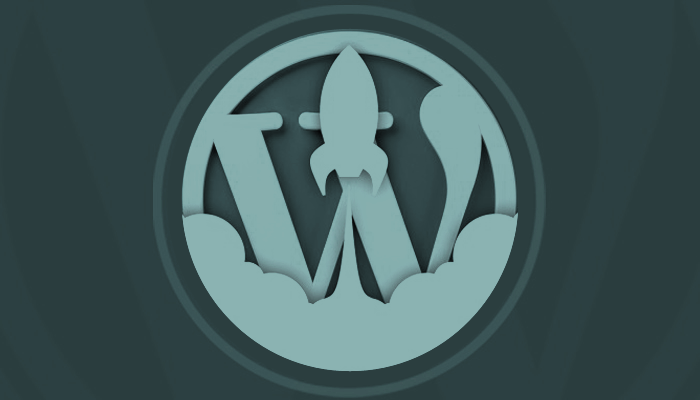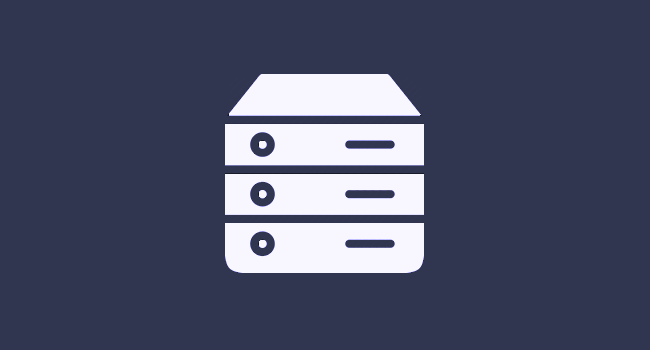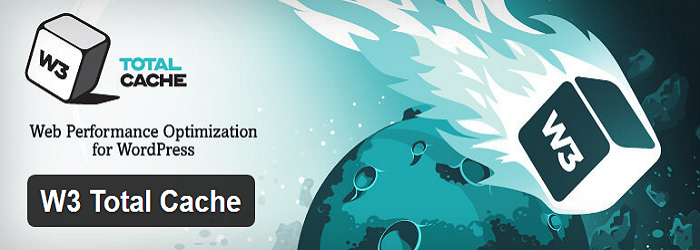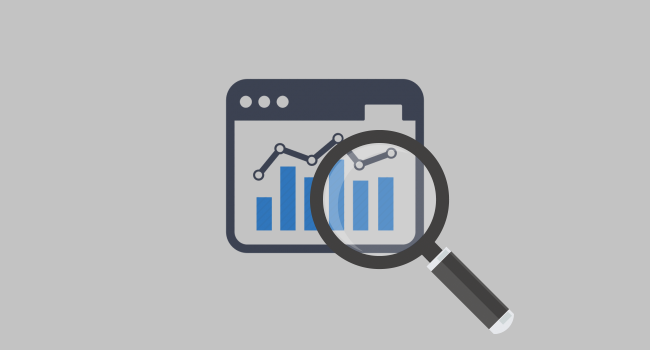How To Guide For Speeding Up Your WordPress Website?

How many of you have a WordPress website that is slow? Seven out of ten are reading this blog because their answer is “Yes, me”.
As we all know, load speed matters a lot to ensure a great user experience and good search engine ranking. In fact, Google’s search algorithm also includes your page load times as a parameter while calculating PageRank.
What exactly is Page load speed and why does it matter so much?
Page speed is the time taken by a website to display the content fully.
It matters so much because as per a research, a slow loading website leads to 16% decrease in customer satisfaction, 11% fewer page views and 7% loss in conversion. As we have already mentioned, page speed has a huge impact on your SEO ranking, which means better speed results in higher ranking among search engines results.
Test Your Website To Check Speed?
Measuring your current site performance will tell you the required improvements. You can use GTmetrix, WebPageTest and PageSpeed Tools for testing.
If your website is slow, continue reading the factors that are slowing it down and what you can do to enhance the speed.
1. Hosting Servers
The server you choose is a big component to determine your site’s speed, particularly in the high traffic periods of time. There are three types of hosting methodologies used by the website owners.
Shared service: It means you and hundreds of other people are sharing the same hard drive space, CPU speed, bandwidth and memory. It is a considerable option for a low traffic website and as the traffic increases, you should upgrade your hosting server.
Virtual Private Server (VPS): It is also a shared hosting server but between fewer people and the features are evenly disseminated. VPS is a right choice for technology adept people.
Dedicated server: You are the only proprietor of this server and every benefit that come along with this server, which means you will have individual memory, bandwidth and other website-supporting features. If your website has millions of daily visit, dedicated hosting is the right choice.
2. Caching plugins
Probably, Caching is the best method to improve a website’s page loading speed. It can significantly save an HTML copy of your website for a preferred time so that if next time someone loads the website, the cache would load the HTML from memory, rather getting the server to process it again. You can use various cache plugins to speed up your WP website, but W3 Total Cache is the best plugin with more than 900,000 downloads.
3. W3 Total Cache
W3Total Cache is the second most downloaded caching plugin in the market which is free and still offers a boatload of customization options. You can easily tailor a caching solution with its 16-page configuration options. However, if you do not want to involve in customization, this plugin offers you a simple one-click setup solution and can cut a tremendous amount of loading time.
In case you do not want to use W3 Total Cache, ensure that the caching solution that you are using should have following functions that are essential to building a fast loading WP website or blog:
- Minify HTML, CSS & Javascript.
- Minimize the number of HTTP requests.
- Replace PHP With Static HTML.
- GZIP Compression.
- Browser Caching.
- Use Lazy Load For Text, Videos & Images.
4. Updating The Technologies Used In Building Your Website
It’s a fact that the more expensive your host is, the more stringently they update your PHP to remove bugs in previous versions and help you keep up with the trends while the low-cost servers will not do it automatically. It impacts majorly, and that is why it is advisable to update the PHP used on your website.
You can simply login to your hosts and search for “PHP”. A box will appear that you need to select to switch to different versions.
Currently, PHP 5.6.14 is the latest that fixes two bugs of its previous version.
Imp: Note that, if you are running a very old code then you might get some unexpected issues while upgrading. Therefore, before you upgrade, ask your host about it.
4. An appropriate framework
The framework is the layout on which you display the content and build appearances of your website. While creating your WordPress website, choosing a good framework is important as it impacts the performance of your website. A theme which looks great but has a massive structure does not make a high-speed internet site.
5. Using A CDN
A Content Delivery Network (CDN) is used to help deliver static files of your website in the least possible time to your visitors from a server location than your website’s servers. Most of the high traffic websites use CDN service because it ensures that your visitors hit the cache rather than reach your servers to request data, and it is much faster than any other way around.
To ensure a fast load time of a site, they also use tieups with popular telecom companies to avoid any interruption. Using a CDN will enhance your website speed, and your website server’s bandwidth usage will see a humongous drop.
6. Removing Unnecessary Plugins
Sometimes, we use plugins to test their functionality and often forget to remove them if not required. A Plugin will not only cause issues like memory or security leaks but could also increase your requests. So, it is always imperative to remove the plugins that you no longer use or require on your website.
Make sure that the Plugins you are using on the website are updated regularly and you do not use plugins that conflict with each other as it can hamper the website’s performance.
7. Optimizing your images and database
Compressing images could shrink them by 80%, which is quite beneficial for the performance of a website. The high number and pixel of images can lead to the slow-loading speed. Therefore, ensure you have compressed the images used on the site to avoid slow speed.
You will either have unused data or database-level overhead, which is pretty much unavoidable. Unused data could come from places such as you have customized a solution to delete users but it did not delete the data, thus leaving a plenty of rows in the database. All of this will impede your website’s performance. Therefore, make sure your database is clean and images are optimized.
8. Enabling Gzip Compression
Gzip compression can be another huge speed gain for your website as it compresses multiple assets prior sending them to your browser for any interpretation. To do this, it uses CSS and HTML, which further uses a lot of repeated content and as we know, the more patterns your content has, the easier the compression is. It’s advised to set up Gzip compression on your server.
9. Puting The Javascript At The Bottom and CSS On Top
All the CSS references should be on top as web browsers do not load content before loading CSS. If you do not follow this, your website will have slow-loading speed, and a part of your site will show up without any styling.
JS should be relegated to the bottom as it prohibits lateral loading in a web browser, which means JS will only get loaded. It is important to put the scripts at the end to ensure the uniform loading of content.
10. Disabling Trackbacks and Pingbacks
If you want to know the links to your post on another blog, Trackbacks and pingbacks are the options to choose. Before you consider pingbacks and trackbacks as a good thing to put on your website, note that 99% of them are spams. The site speed will get affected once you start getting too much of it.
EndNote
The above combination of tools can help you create a fast site without having to spend a penny! However, keep in mind that with speed, you also need to make your website user-friendly, visually appealing and fully functional. We hope this guide will help make your website a bit faster even if you do one out of ten things. Every bit counts!





